She has a bachelor in math and physics from Rhodes College, and a Ph.D. in robotics from Carnegie Mellon University. She has experience in education at all levels and has been designing robotics curricula since 2013. In her free time, she raises a teenager and knits obsessively.
Let’s have a look at the Finch Robot v2, BirdBrain’s latest creation. It’s of course the successor of the popular first Finch Robot and a big shift is the use of the BBC micro:bit as a computational brain of this robot. The finch is a robot that targets kids from Kindergarten to college and allows them to experience their coding creations in a hands-on, physical way.


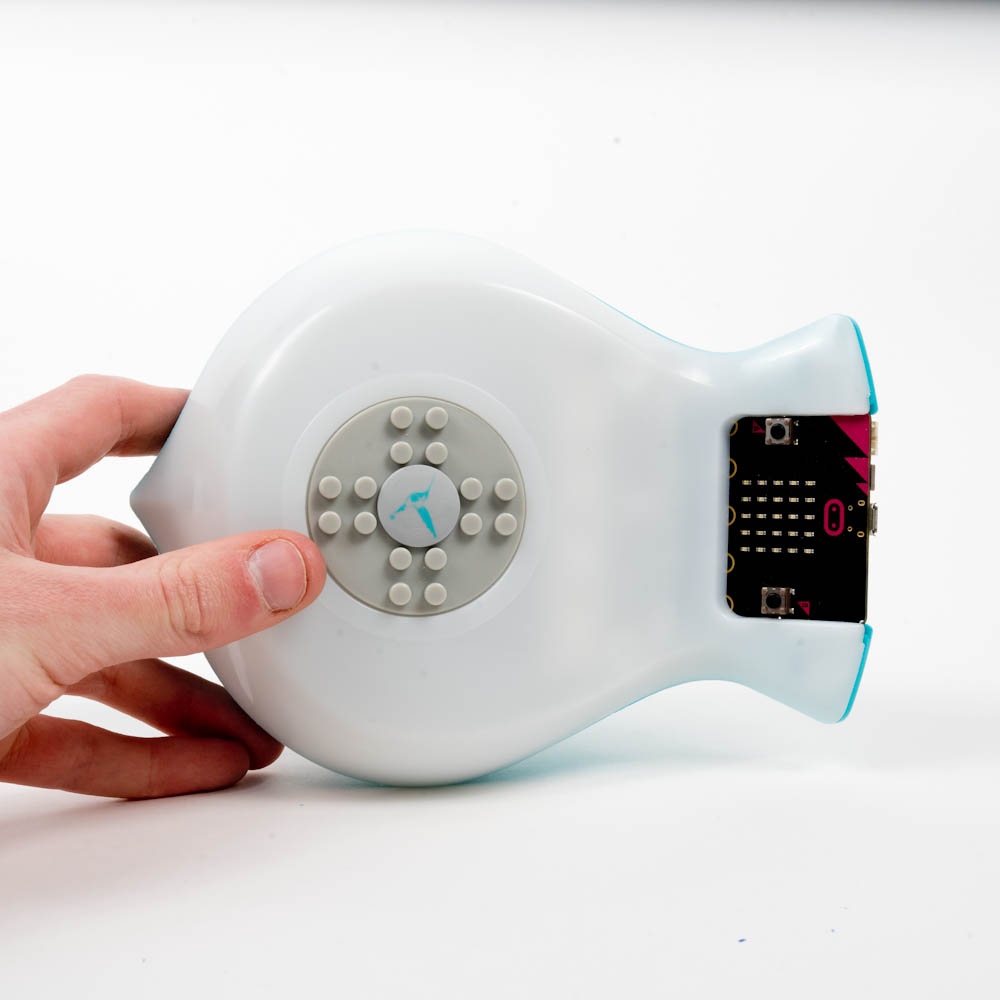

The micro:bit already features quite a few sensors, such as the accelerometer or buttons. But Finch 2.0 adds even more cool stuff: a whiteboard marker holder, color LEDs, buzzer, light sensor, distance sensor and even line tracking sensor. It’s powered by a rechargeable battery that lasts 7+ hours. And little details make it special for me – things as visual markers on the wheels so you can count the iterations easily.
That’s the geeky hardware bit – the software looks even more exciting with block-based programming in all forms and apps as well as text-based coding supported. We go into details in the interview.
Shownotes
]]>That’s the second time that I interview Joern and the third time we discuss the Calliope Mini – it’s simply a very cool board I guess.
Jørn is an interaction designer, co-founder of several companies with a focus on developing digital learning toys and he is a member of the Interaction Design Association. As you might recall, Joern is the managing partner at Calliope gGmbH and in the last interview with him about the Boson Starter Kit for Calliope Mini, he already mentioned that a Calliope Mini v2 is coming soon.
The Calliope Mini is an educational board for kids to learn coding – if you need details about the Calliope Mini in general, please be sure to look at the shownote links at kidslab.dev for the specific Calliope Mini episodes.

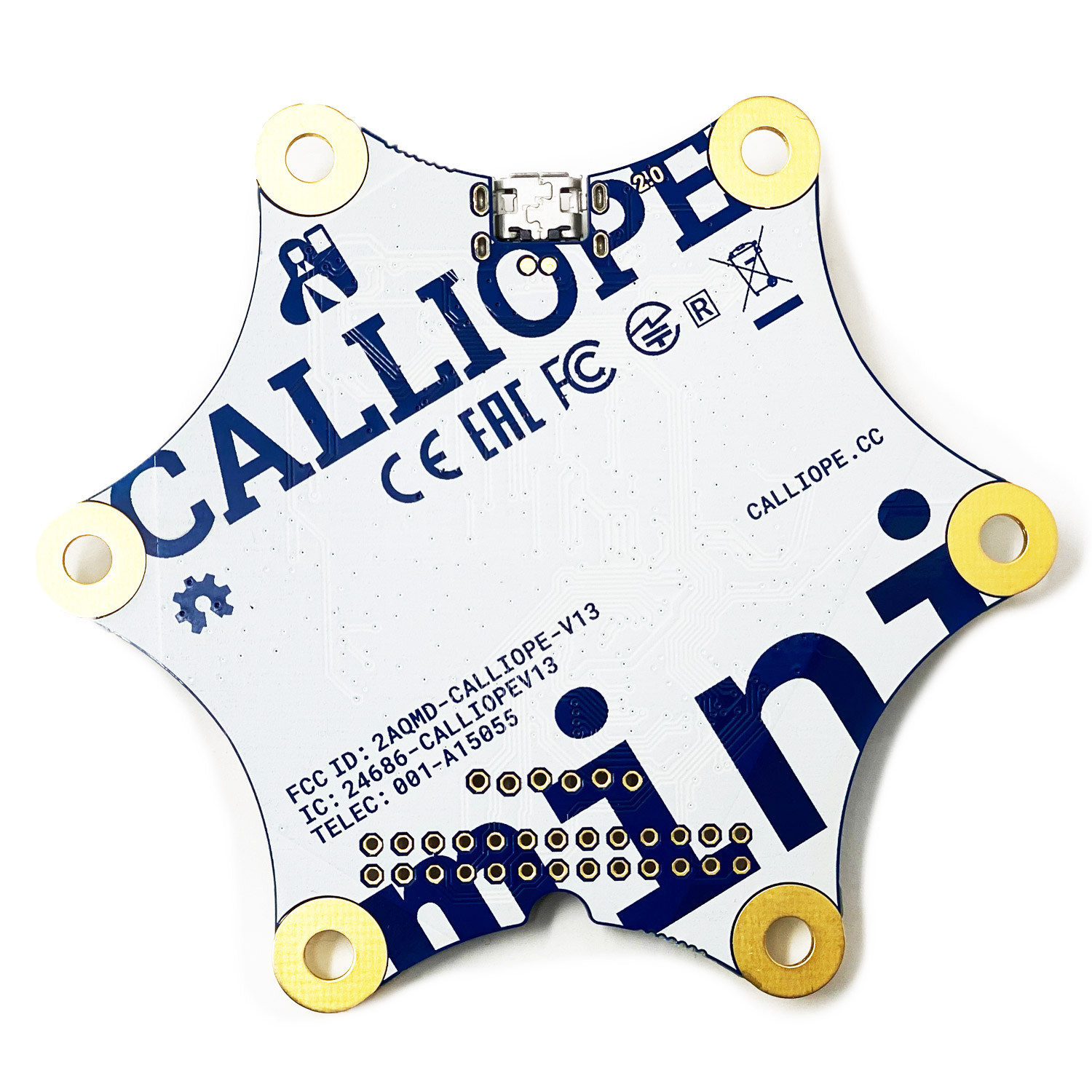


So now the v2.0 of Calliope Mini is out, featuring a memory chip which can hold up to 25 programs. Even better, the Calliope Mini v2 already ships with 25 programs, which means the board can now be used right out of the box, without prior programming. That makes a huge difference when you think of a typical classroom situation and want to get started exploring the board.
Shownotes
]]>Bridget is part of the SpinWheel Team, a group of volunteers with a passion for teaching science and building beautiful things. She is a postdoc researcher in Environmental Engineering at the University of Michigan. As a kid, Bridget was always asking “why?” Luckily, her parents put up with her incessant questioning and taught her to love the process of discovering new information.

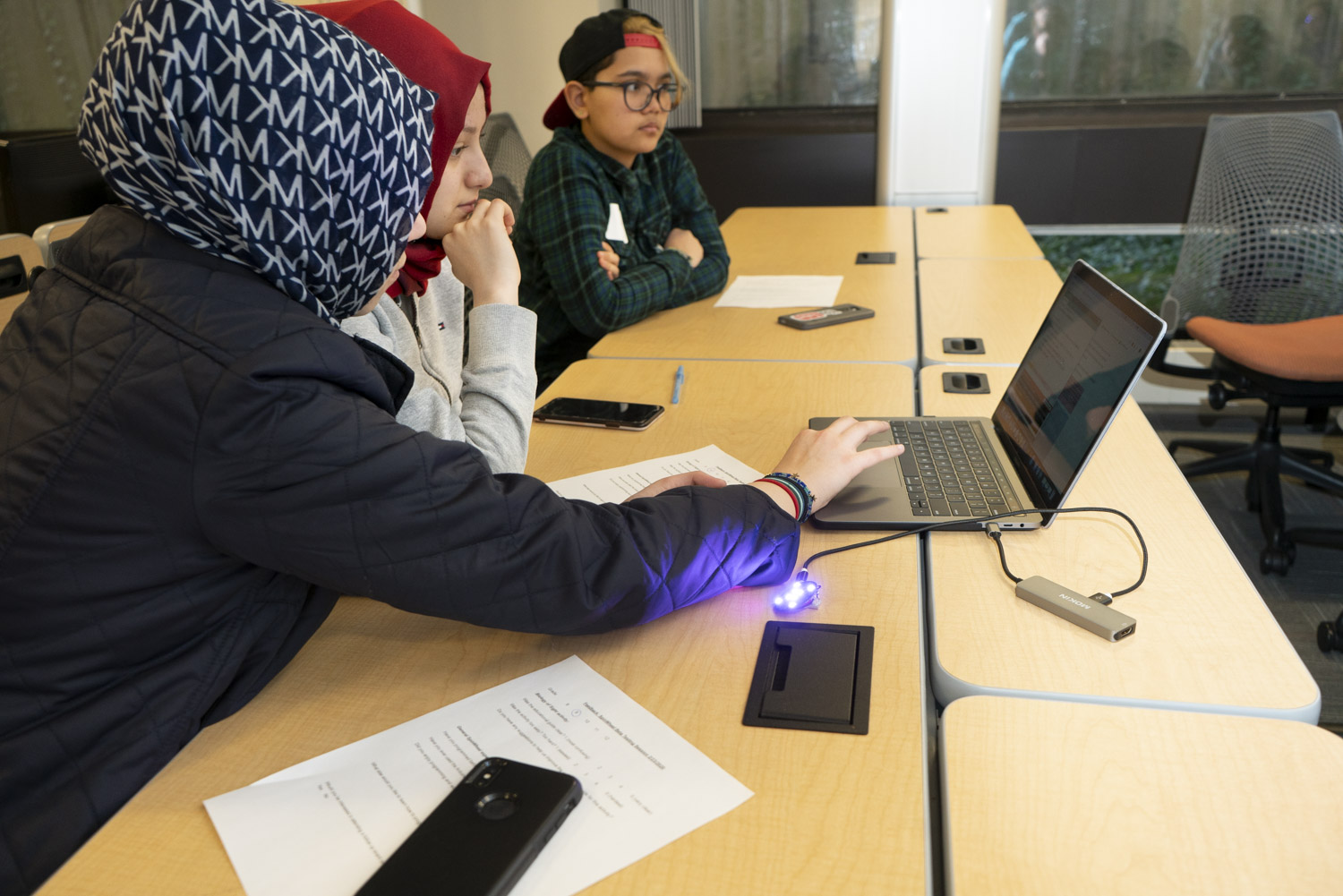


Images: (c) Bridget Hegarty, used with permission
Bridget continues to pursue answers to her questions as a researcher, studying the microbes that survive in buildings. Outside of the lab, she shares her love of science and engineering by designing and leading activities that help participants, particularly girls, envision themselves as engineers. Through SpinWearables, she is excited to develop educational kits to inspire the next generation of engineers.
The SpinWheel is a colorful wearable programming kit. It can be “just” a stylish, cool, accessoire, but can also be programmed to be way more via the popular Arduino IDE. For example you can turn it into a step counter, a compass or an exploration tool for color and vision. No prior knowledge is required to program the spinwheel and it also comes with an educational guide that introduces you to the basics.
The small, round board features a microcontroller, 8 larger and 12 smaller RGB LEDs, a motion sensor and connectors for power and micro-USB for connecting it to a computer. Due to it’s small and round form factor, kids can easily attach it to a backpack or even wear it as a ear ring.
Shownotes
]]>I took that from an O’Reilly book author page, but I think it’s a great description for Nicholas: Nicholas is a classically trained musician, philosophy graduate, teacher, writer and software developer. He’s just like this biography: concise, honest and full of useful information.

Nicholas develops software that helps folks learn the skills and knowledge they need to imagine, develop and program the stuff they want. In addition to writing software, he spends a lot of time researching and thinking about how folks learn, use and create with code.
So when it comes to education and coding education in particular, I think the one thing that all his projects have in common is the programming language Python. CodeGrades, PyperCard, the Mu Editor – they’re all about Python.

CodeGrades – is an educational platform for learners, teachers and mentors – it’s Nicholas’s latest project. PyperCard – is a GUI framework, a graphical user interface framework, for beginner coders.
The Mu Editor is a very popular editor for beginner python projects, it’s also often used for hardware boards such as Adafruit’s Circuit PLayground which can be programmed using Python.
Shownotes
]]>James is a senior learning manager at the Raspberry Pi Foundation as a former teacher he is passionate about supporting teachers develop and apply effective teaching approaches for computing. pedagogy and training. James enjoys learning new maker skills from knitting and croquet to programming and 3D design. He’s a bit of a space enthusiast as well as an adult fan of lego and has combined his passions to send Lego minifigs to near space using a Raspberry Pi.
There is actually no such thing as a single Raspberry PI model, The Raspberry Pi ecosystem now consists of a range of single board computers and accessories like it’s camera or sense-hat board. The hardware is developed by the Raspberry PI Foundation in the UK and since the first model in 2012 their products have been in high demand.
Over the years and with more powerful models of the Raspberry Pi released, many researchers and also developers for commercial projects started using the Raspberry PI. But still, the educational roots are strong and lot’s of educational software and projects are available for this small, low cost computer.
This is the first episode that focuses exclusively on the Raspberry PI and together with James, we’re trying to give you a good overview of the Raspberry Pi itself,the educational software and content that are available. There is literally a universe of Raspberry Pi projects out there, so we’ll focus on some of our favourites and highlight these.
Shownotes
]]>In 2014, she made the leap into entrepreneurship to launch NewTechKids. With a son enrolled in Dutch primary school, she looked around for a place where he and other children could fall in love with technological innovation and computer science and learn how to be innovators and inventors. When she couldn’t find it, she decided to create it.
NewTechKids is a technology academy in Amsterdam, the Netherlands which teaches primary school aged kids about technological innovation: computer science, programming, design and critical thinking about the implication of technology. NewTechKids teaches during school, after school and during school vacations. They even teach overseas in places like the Middle East and Switzerland.



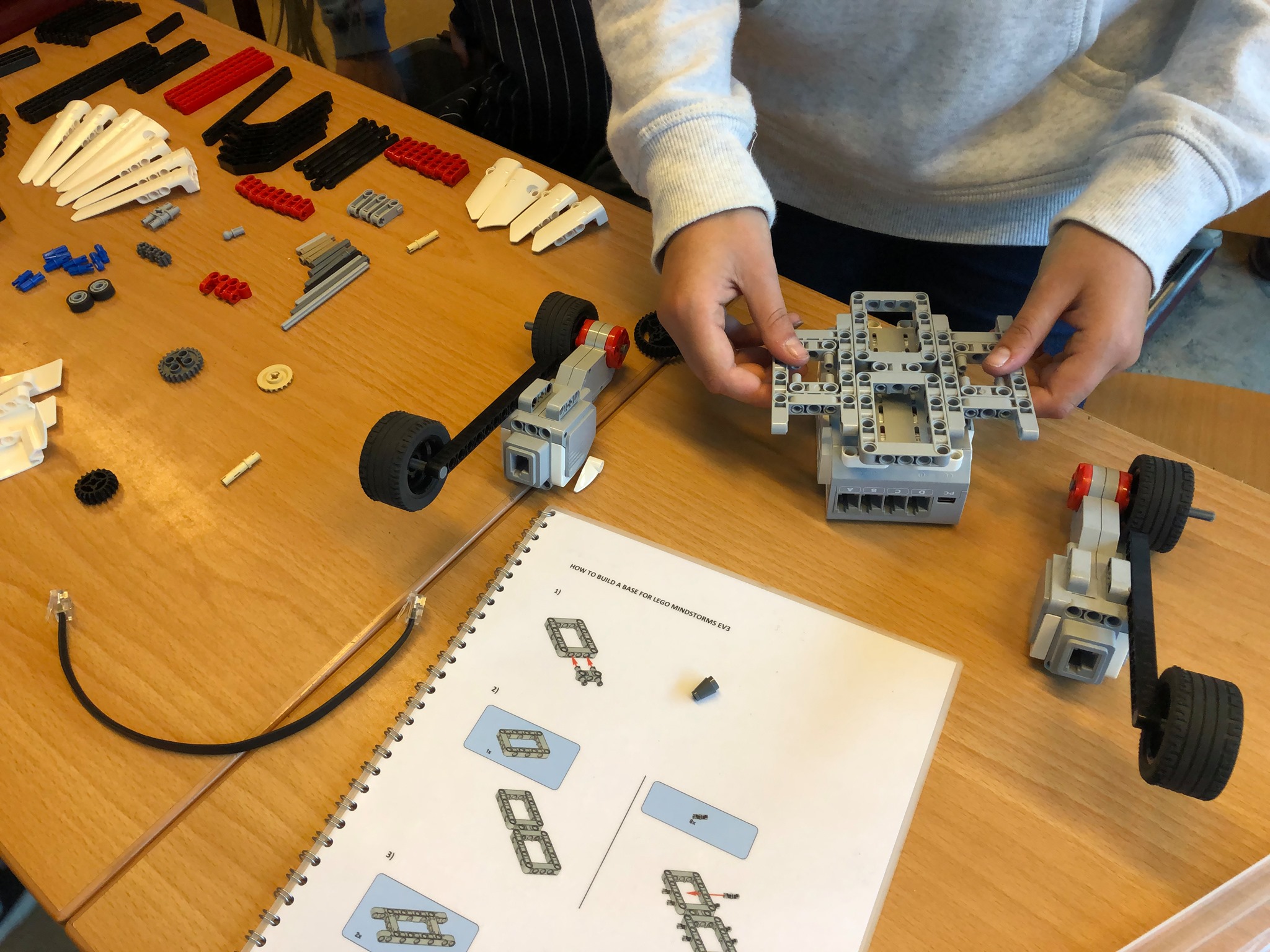
NewTechKids has launched PreparationTech, a video interview series in which Deborah interviews technologists, people whose work relies on technology, and students studying technology.
Shownotes
]]>Neil works as a software engineer at Google in Mountain View, California, USA – for more than a decade. In his spare time he’s an active maker and tinkerer and also created a variety of open source software.
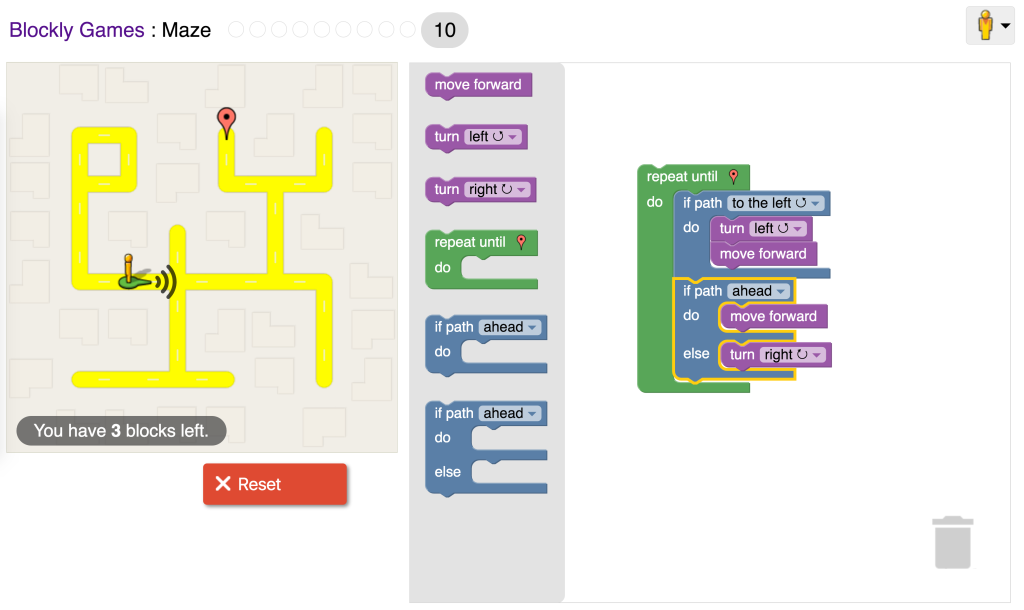
Neil is also the initial creator of Blockly – a JavaScript library for building visual programming editors. We’ve covered block-based, visual programming in quite a few episodes now, but one can really say that Blockly has had a huge impact on the edtech world, if not even THE biggest impact.
Block-based programming uses interlocking blocks to create code, that means there is no syntax to get wrong such as in text-based coding. Block-based coding is a great way for kids – but also their parents and teachers – to learn about computer programming. The colorful blocks and the built-in validation mechanisms make it easy to create functional programs while reducing the issues that beginners often have.




Images: (c) Neil Fraser, used with permission
While block-based programming has its roots in the educational market and very often teachers are trying to switch their students to text-based coding at some point in time, block-based programming is gaining importance when it comes to other non-educational applications and some also question the real need to switch to text-based programming. I am already excited to hear Neil’s perspective on this!
It’s absolutely amazing to see what can be programmed via block-based programming today: from creating 3d models via BlocksCAD to creating missions for drones via Droneblocks – and that’s just the educational sector.
Shownotes
- Blockly Main Website
- Personal Blog of Neil Fraser
- The Ozobot – a ping pong ball sized robot, using block programming
- Former President of the USA – Barack Obama – programs using Blockly
- BlocksCad – 3D Models using block-based programming
- DroneBlocks – programming drone missions using block-based programming
Bernat is a software engineer from Barcelona and he has supported a variety of educational projects in the past. For example, he has supported Beetle Blocks which uses visual coding to create 3d shapes and models for 3d printing or has contributed to Snap!, a visual programming language that we covered in another early episode of kidslab podcast – be sure to check the show notes for a link to that episode!
Images: (c) Bernat Romagosa – used with permission
Bernat was also part of the Edutec group at the Citilab, a makerspace in Barcelona, for 6 years, where he worked on developing an online programming school, a social knowledge management system, different educational applications, and a bunch of Snap! modifications.
Bernat just recently joined SAP and is now part of the Young Thinkers group, from where he still supports the beauty and joy of computing project and contributes to the Snap! programming language. He holds a Bachelor’s degree in Computer Science and a Master’s degree in Free Software.
At MicroBlocks, he codes parts of the Virtual Machine, the standalone IDE, and the Snap! port, and is also a member of the Project Leadership Committee.
So what is MicroBlocks all about? MicroBlocks is a new programming language inspired by Scratch, that runs right inside microcontroller boards such as the BBC micro:bit, the Calliope Mini or Adafruit’s Circuit Playground Express.
After installing the MicroBlocks editor and flashing the MicroBlocks firmware once, you can quickly upload new code or change existing programs – it’s just takes a second. Of course, the usual suspects for visual coding blocks are available, such as various logic blocks, loops, blocks for controlling the input and output of the micro:bit such as the input pins and LEDs or various math blocks.
When it comes to learning resources, the MicroBlocks team provides very cool, printable activity cards as well as guided activities which should come really handy in the classroom.
Shownotes
]]>Sam is the creator of Sonic Pi, and also an educator, musician, and was previously also a researcher at the University of Cambridge in the UK. He has created and contributed to an impressive array of open source projects – just one of them is Sonic Pi, which we are focusing on for this episode.

Sonic Pi, is an essential part of the so-called live coding music scene and was originally built and designed specifically for education. The fact that it is now an important part of the live coding scene plays a huge role for education, too, as many of the children in workshops or at school will find it super inspiring and motivational to know that some of the top artists in this genre are making use of Sonic Pi. In the shownotes, I’ll put a link to a recent article in the NY Times that describes this fascinating development of the music scene.

Let’s now take a look at Sonic Pi – it’s software that is available for all major operating systems – Mac/Windows/Linux. You can also run Sonic PI very easily on Raspbian, which is the most widely used OS the low cost Raspberry PI.
The Sonic PI website explains the key benefits very well:
- Simple enough for computing and music lessons.
- Powerful enough for professional musicians.
- Free to download with a friendly tutorial.
- Diverse community of over 1.5 million live coders.
So here’s a quick practical description of how Sonic Pi works. After opening the program, you add and modify code in the large editor screen. Once you hit run, that code, which creates music, is run and you get immediate feedback for your creation. You’ll now modify and enhance your code and learn about the specific functions to play and modify sound while having a lot of fun.

The last thing to note for this quick intro to Sonic Pi is the excellent tutorial. It’s not only up to date, but also integrated well into the Sonic Pi application which makes first steps very easy.
Sonic Pi is coding + music education – something I wish I had when I was young. How did your music lessons look like?
Shownotes
]]>Jørn is an interaction designer, co-founder of several companies with a focus on developing digital learning toys and he is a member of the Interaction Design Association. More importantly, at least for this interview, he is a managing partner at Calliope gGmbH so he is well aware of everything that concerns the Calliope Mini single board computer which is used at schools and workshops to teach kids about logic and coding.
If you have not heard about the Calliope Mini itself before, I highly recommend to listen to the episode with Stephan Noller – in that episode we concentrate on the Calliope Mini itself. The focus of this episode – while probably also touching on some recent Calliope developments – will be a special add-on product for the Calliope Mini, called the Boson Starter Kit for Calliope Mini. It is produced by DFRobot from Shanghai, China, who is a well-known manufacturer for educational tools.


Images: (c) Calliope gGmbH – used with permission
So the Boson Starter Kit for Calliope includes an extension board and several sensors and actuators. These can be plugged into the extension board easily with the provided cables. Everything comes in a nice case and DFRobot even included some getting started cards that show where each sensor or actuator needs to be connected as well as a simple visual coding example – and believe me: these cards really make a difference in a workshop setting.





